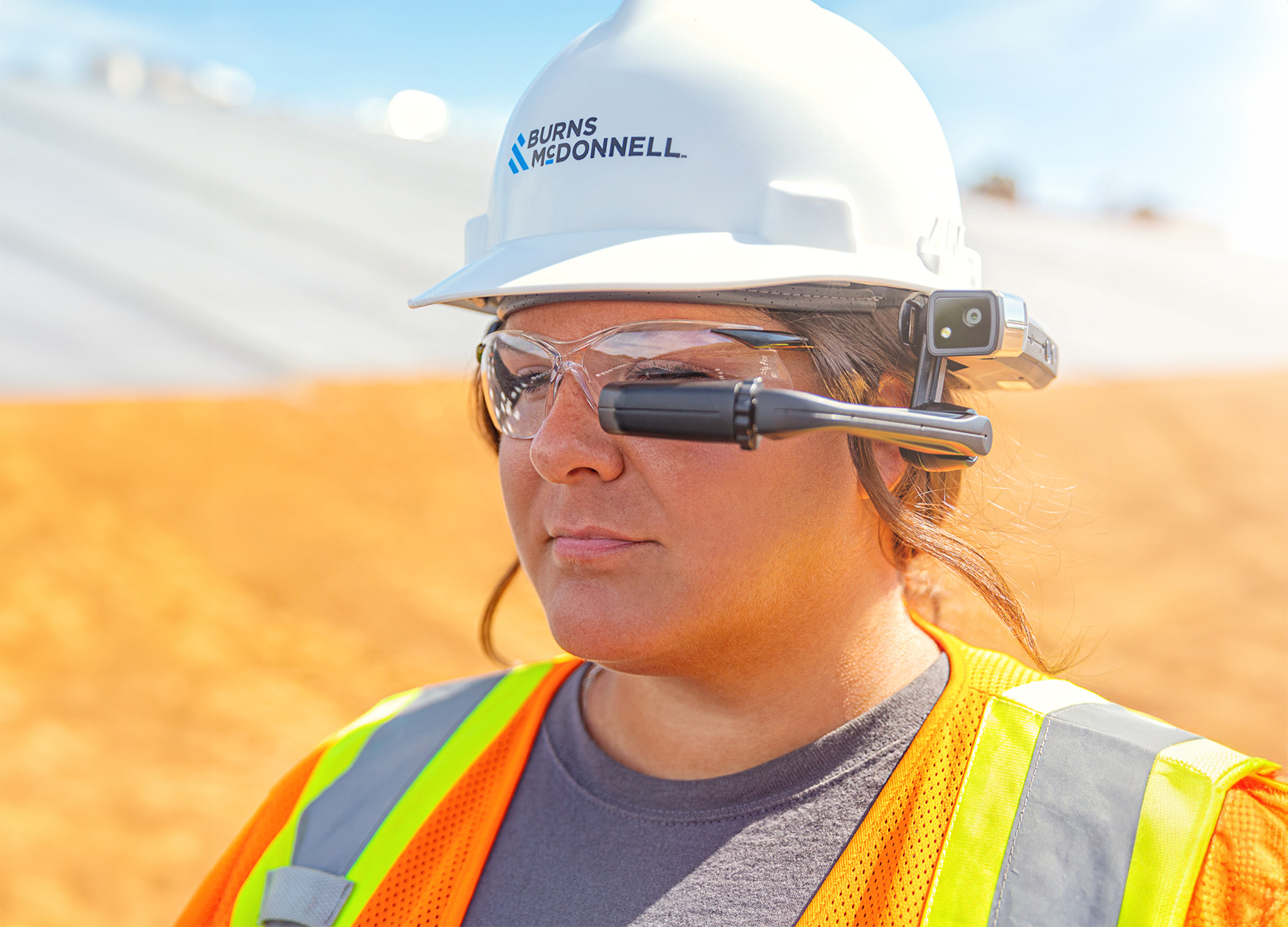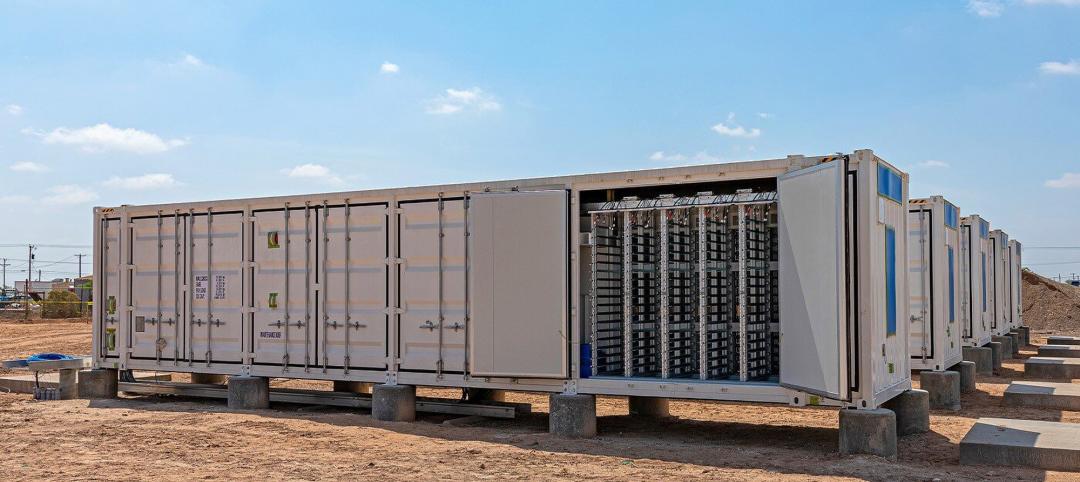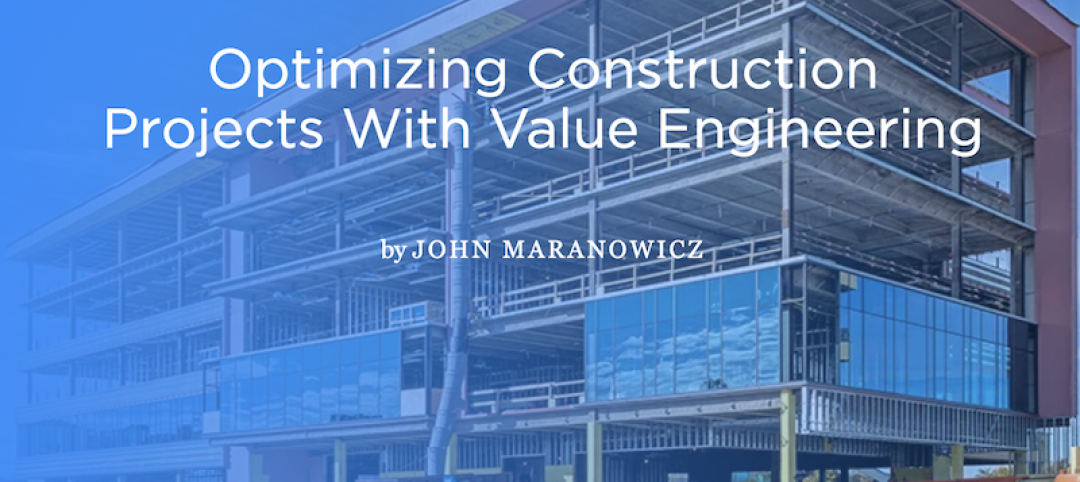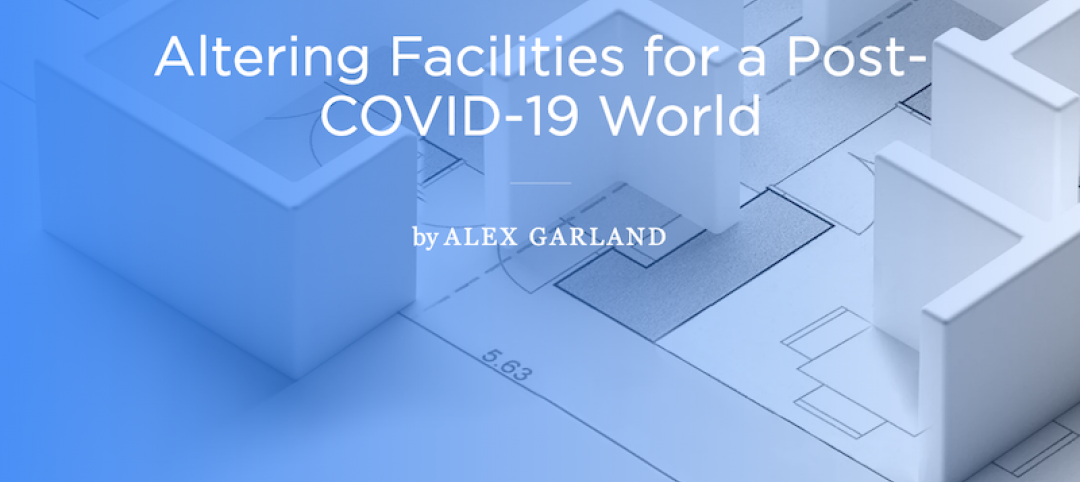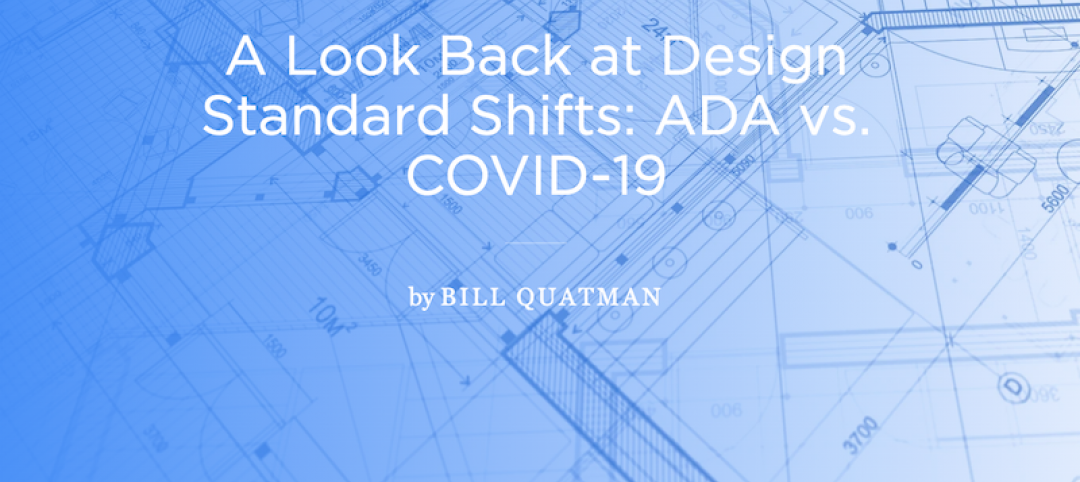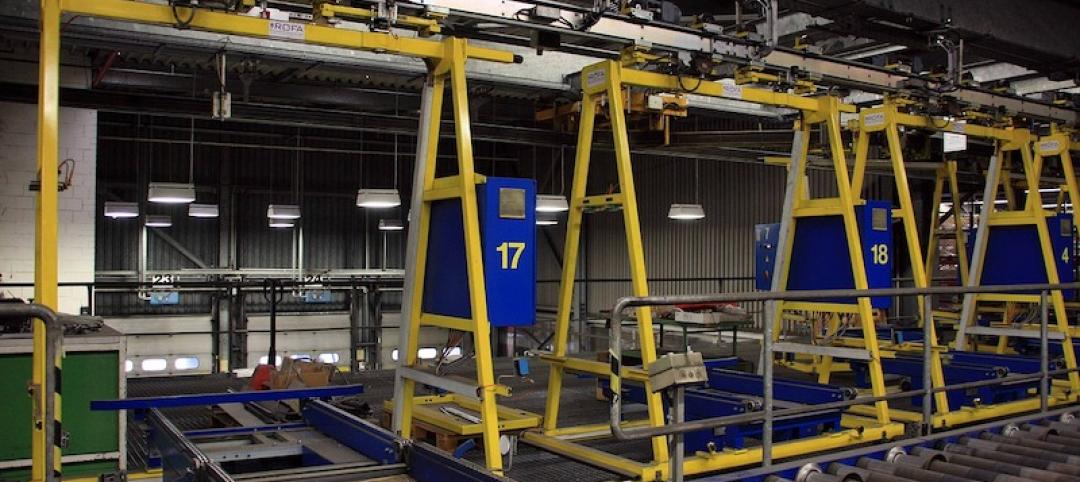The past year has seen a wave of layoffs across the tech sector, but technologists, computer scientists, and software engineers have a new skip in their step. Artificial intelligence is making headlines. Whether it’s regarding ChatGPT, Google’s Bard, Dall-E or Midjourney, debates about the future of work in a world of AI are front and center in board rooms and lecture halls.
This nascent technology will influence everything from healthcare to education and finance, and one industry that can’t be overlooked is construction. With the potential to improve resource allocation, predict maintenance, and improve robotics, generative AI could energize the construction industry.
Generative AI is a specific type of AI that focuses on creating machine learning models designed to generate new data, images, or text. The models absorb data sets from existing data sources while employing complex algorithms to identify patterns and relationships within the data. This enables the model to generate new content that mimics the style and characteristics of the original data.
With a wealth of data available via the internet—whether it’s recipes, historical stock prices, or design-build specifications—AI systems are amassing a tremendous amount of information, providing a foundation for new content on virtually any topic.
Generative AI Solutions for Construction Industry
Within the construction industry, generative AI—continuing to grow as an emergent technology—could provide the following solutions:
- Optimize resource allocation. By analyzing complex construction schedules and workflows, generative AI could identify inefficiencies and suggest improvements. Construction teams can take these suggestions to optimize the allocation of resources, labor, and equipment—aiming to rein in costs while providing timely project completion.
- Predict maintenance issues and support structural health. By analyzing historical data from sensors and other sources, generative AI can predict potential maintenance issues and structural weaknesses before they become critical. This could extend the life span of infrastructure or minimize the risk of failures, ultimately leading to increased safety and reduced maintenance costs.
- Improve construction automation. Construction robotics and autonomous systems could use generative AI to identify patterns from the construction site and adapt their behavior accordingly. The goal for construction automation is to improve the performance of construction robotics, making them more efficient and effective at tasks such as assembly, excavation, and materials handling.
A Bold New AI Future Comes With Risks and Opportunities
The potential to leverage generative AI may enthrall technologists and construction managers, but practical implementation is not without its challenges. Reliance on AI-generated designs raises questions regarding reliability and accountability. Structural failures would raise ethical and legal questions regarding the responsible party. In a world where AI is creating design specifications for infrastructure projects, new legal frameworks and industry standards may be compulsory.
RELATED: Let’s chat about AI: How design and construction firms are using ChatGPT
Conversely, generative AI presents numerous opportunities to innovate in the construction industry. Generative AI will show us new ways to design buildings, improve energy efficiency and optimize construction processes. In these early days of this emergent technology, we can expect generative AI to transform the way we conceive and create our built environment, ideally delivering more sustainable, resilient, and aesthetically pleasing buildings and infrastructure. In addition to improving designs and construction processes, generative AI may lead to safer job sites by identifying safety hazards and reducing the occurrence of accidents.
For construction teams and projects, generative AI could optimize resource allocation, minimize waste, and enhance design. Equipped with this transformative technology, the construction industry could take a leading role on major global challenges, including climate change and urbanization. A collaborative environment that explores the potential benefits of AI and new technologies could pave the way toward a more sustainable and innovative future, with the construction industry leading the way.
More from Author
Burns & McDonnell | Oct 23, 2024
Navigating battery energy storage augmentation
By implementing an augmentation plan upfront, owners can minimize potential delays and unforeseen costs when augmentation needs to occur, according to Burns & McDonnell energy storage technology manager Joshua Crawford.
Burns & McDonnell | May 25, 2023
4 considerations for increasing biodiversity in construction projects
As climate change is linked with biodiversity depletion, fostering biodiverse landscapes during construction can create benefits beyond the immediate surroundings of the project.
Burns & McDonnell | May 1, 2023
Utilizing computer vision, AI technology for visual jobsite tasks
Burns & McDonnell breaks down three ways computer vision can effectively assist workers on the job site, from project progress to safety measures.
Burns & McDonnell | Mar 20, 2023
Battery energy storage market predictions are trickier than ever
Burns & McDonnell breaks down the state of battery energy storage today, from pricing concerns to alternative solutions.
Burns & McDonnell | Dec 12, 2022
Supplementing workplace connections through digital knowledge networks
Zachary Wassenberg of Burns & McDonnell breaks down three applications for digital knowledge networks: training, libraries, and instructions.
Burns & McDonnell | Jun 14, 2022
Thinking beyond the stadium: the future of district development
Traditional sports and entertainment venues are fading as teams and entertainment entities strive to move toward more diversified entertainment districts.
Burns & McDonnell | Jan 4, 2021
Optimizing construction projects with value engineering
When value engineering is referenced in our industry, our minds may immediately go to a process that reduces project cost by slashing scope or decreasing the quality of materials used. However, that is not necessarily what the definition should be.
Burns & McDonnell | Oct 14, 2020
Altering facilities for a post-COVID-19 world
There are several possibilities when it comes to reconfiguring or adjusting a space to maintain the health and safety of workers, from reorganizing spaces to enable social distancing measures to full teardown and reconstruction of a plant.
Burns & McDonnell | Jun 23, 2020
A look back at design standard shifts: ADA vs. COVID-19
The short story is official design guidelines are slow to be developed and made into law.
Burns & McDonnell | Apr 8, 2020
Navigate supply chain and manufacturing challenges during disruption
First, most important and most complex: Create an extensive safety plan for your facilities and job sites that protects both the personnel onsite and the end users of your product.

